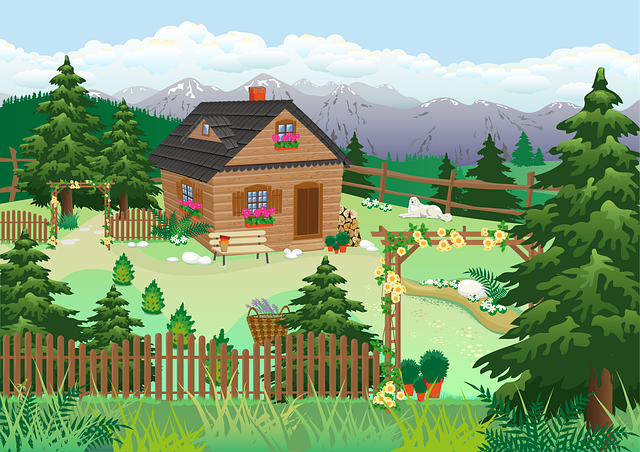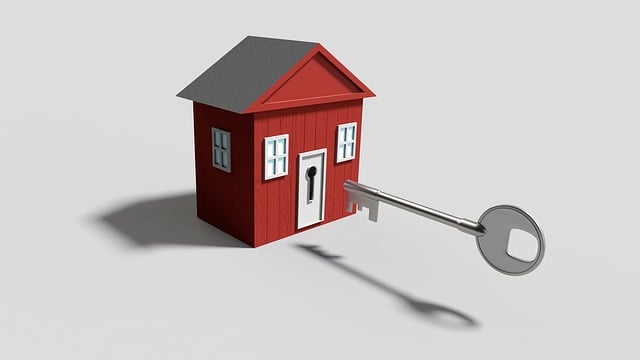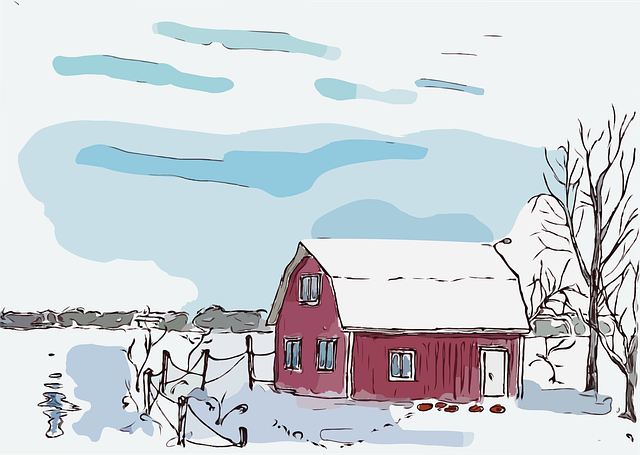Find Trusted House Sitters: Keep Your Home and Pets Safe

House sitting has emerged as a popular solution for homeowners needing reliable care while they'…….
In an era where mobility meets modern living, house sitting has emerged as a dynamic practice gaining global traction. This phenomenon involves individuals temporarily residing in a property while its owners are away, offering a unique solution to a growing need—personal space, pet care, and home security. House sitting is not merely a temporary arrangement but a complex social, economic, and technological trend that is reshaping the way we perceive and utilize living spaces. This comprehensive article delves into the intricacies of house sitting, exploring its definition, global reach, economic implications, technological innovations, regulatory frameworks, challenges, and its promising future in an ever-evolving world.
Definition: House sitting is the act of temporarily occupying someone’s residence while they are absent, usually for a defined period. It involves a mutually agreed-upon arrangement between a property owner and a house sitter, who provides care for the home, pets, and often, the owner’s other properties or responsibilities.
This practice has deep historical roots, dating back to ancient times when travelers would leave their homes in the care of trusted neighbors or friends. However, its modern iteration is fueled by technological advancements and a shift in lifestyle preferences. Today, house sitting combines elements of hospitality, property management, and community building, offering an alternative to traditional housing arrangements.
Core Components:
House sitting has transcended geographical boundaries, becoming a global phenomenon with diverse regional expressions. Its impact is evident across various continents, each contributing unique nuances to this practice.
North America and Europe: In the United States and Western European countries, house sitting is well-established, fueled by a culture of trust and a robust online community. Websites and apps dedicated to connecting owners with house sitters have seen exponential growth, facilitating secure and convenient arrangements. For instance, Trusthouse and Sittercity in the US, and HouseSitMatch in Europe, offer platforms where individuals can list their properties and find reliable house sitters.
Asia Pacific: The Asia-Pacific region has witnessed a surge in house sitting popularity, driven by factors such as high urban populations, busy lifestyles, and a growing middle class. Cities like Tokyo, Seoul, and Sydney have thriving house-sitting communities, with local startups and apps catering to this demand. For example, House Sitting Japan and SitStay in Australia provide digital marketplaces for property owners and sitters.
South America and Africa: These regions are also witnessing the rise of house sitting, often driven by tourism and expat communities. In South America, countries like Brazil and Argentina have active online groups facilitating house-sitting arrangements. Africa, with its diverse landscapes and rich cultural heritage, offers unique opportunities for house sitters to experience different living environments while providing care for properties.
Trends Shaping the Future:
House sitting has significant economic implications, impacting both the housing market and personal finances. Its growth has created diverse opportunities and challenges within the economy.
Market Dynamics:
Economic Impact on Sitters:
Impact on the Housing Market:
Technology has played a pivotal role in the growth and accessibility of house sitting, creating a robust digital ecosystem that benefits both owners and sitters.
Online Platforms: Dedicated websites and apps have become the backbone of the house-sitting industry. These platforms allow users to:
Smart Home Integration: The Internet of Things (IoT) has enabled smart home devices to play a role in house sitting. Sitters can remotely monitor security systems, adjust thermostats, and control lighting, ensuring the property’s well-being while they are away from their posts.
Background Checks and Verification: Digital platforms often incorporate background check services, enhancing trust between owners and sitters. These checks verify identity, criminal history, and references, providing peace of mind for both parties.
Digital Communication Tools: Video calling and messaging apps facilitate real-time communication, allowing sitters to report issues, receive instructions, and maintain open lines of communication with property owners.
As house sitting gains popularity, legal considerations and regulatory frameworks are essential for ensuring a safe and fair environment for all involved.
Contractual Agreements: Clear and detailed contracts are crucial to defining the rights and responsibilities of both parties. These agreements should cover aspects such as property care, insurance coverage, liability, and termination clauses. Online platforms often provide templates or tools to help users create legally sound contracts.
Insurance and Liability: House sitters and property owners should consider appropriate insurance coverage. Some online house-sitting platforms offer liability protection for their users, while others encourage individuals to obtain personal or renter’s insurance. Property owners may also want to ensure that their existing home insurance policies cover house sitting arrangements.
Legal Recognition: The legal status of house sitting varies across jurisdictions. In some countries, it is considered a form of informal employment, requiring compliance with labor laws. Other regions have specific regulations governing short-term rentals and property management, which may impact house sitting practices.
Data Privacy and Security: With the increasing reliance on digital platforms, protecting user data and ensuring secure online transactions is essential. House-sitting websites and apps must adhere to data privacy regulations, such as GDPR in Europe, to safeguard user information.
Despite its many benefits, house sitting faces challenges that require careful consideration and proactive solutions.
Trust and Security: Building trust between property owners and house sitters is a critical aspect of the practice. While online platforms offer verification tools, ensuring complete security can be challenging. Owners should conduct thorough background checks, request references, and consider in-person meetings before finalizing arrangements.
Property Damage and Liability: The risk of property damage or liability issues is a concern for both parties. Sitters must take pride in their work, treating the property as if it were their own. Comprehensive insurance coverage can mitigate risks, but clear communication and agreed-upon terms are essential to managing expectations.
Local Regulations and Neighborhood Concerns: House sitting arrangements may face resistance from neighbors or be subject to local zoning laws. Sitters should respect community guidelines, maintain good relationships with neighbors, and ensure that their presence does not cause disturbance or infringe on local regulations.
Seasonal Variations and Availability: The availability of properties and sitters can fluctuate seasonally, especially in popular destinations. Owners and sitters may need to be flexible with dates and consider alternative arrangements during peak seasons.
House sitting has emerged as a dynamic and mutually beneficial arrangement that bridges the gap between property owners seeking short-term solutions and individuals looking for affordable and flexible living options. As technology continues to evolve, the house-sitting industry is poised for further growth and refinement.
By embracing digital tools, implementing robust regulatory frameworks, and fostering a culture of trust and responsibility, house sitting can become an even more accessible and reliable option for all involved. As the world becomes increasingly connected, this unique arrangement offers a glimpse into a future where temporary living solutions are seamless, secure, and enriching for communities worldwide.

House sitting has emerged as a popular solution for homeowners needing reliable care while they'…….

House Sitting: A win-win arrangement for travelers seeking affordable, extended stays in warmer clim…….

Local homeowners seeking house-sitting services require professionals who can maintain pets, plants,…….

In a fast-paced world where professionals juggle careers and personal lives, house sitting services…….

House sitting is a mutually beneficial arrangement where homeowners leave their properties in the ca…….

House sitting services are crucial for maintaining properties throughout seasonal changes, offering…….

House sitting is a popular solution for busy professionals needing reliable home care while they…….

House sitting keeps homes secure and well-maintained during owner absences, especially for seasonal…….

House sitting is a win-win solution for homeowners on winter vacations (snowbirding) and animal love…….